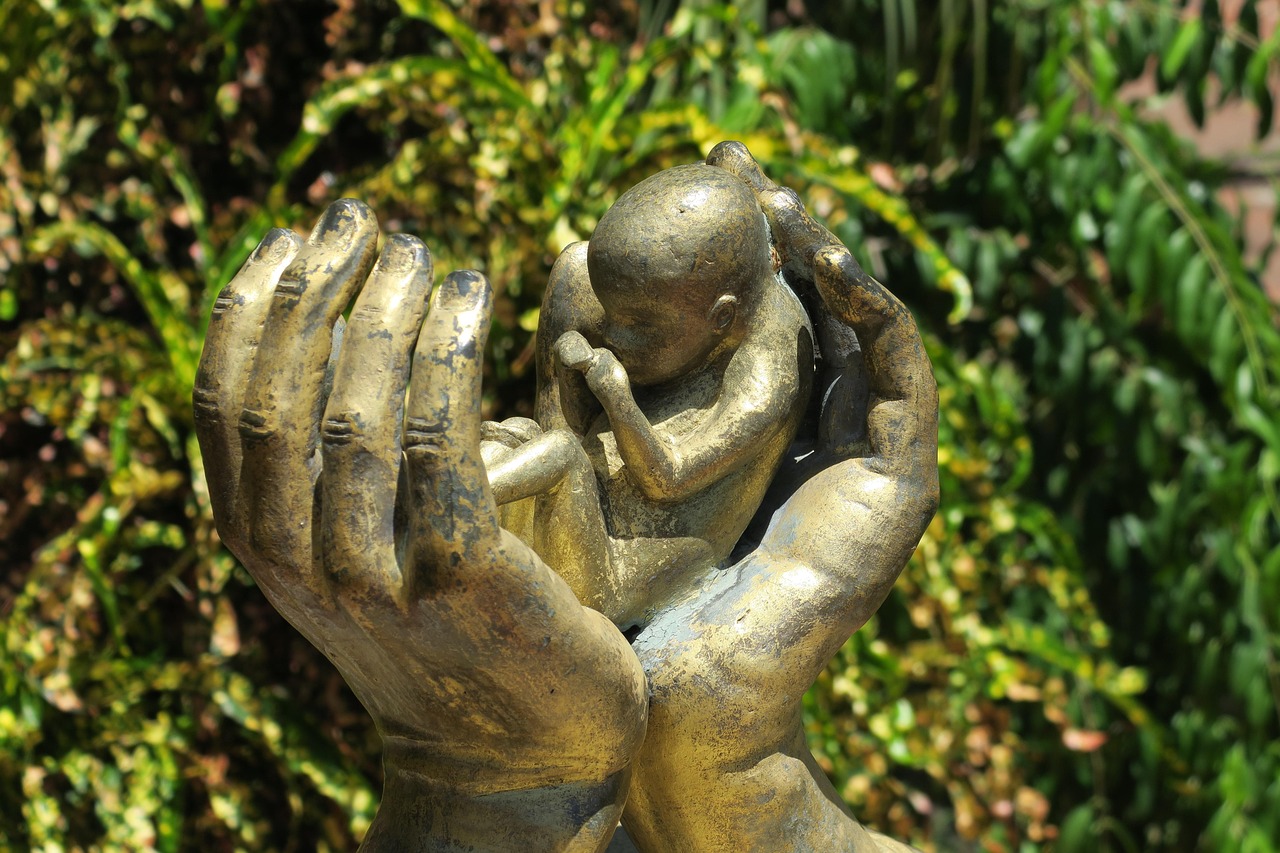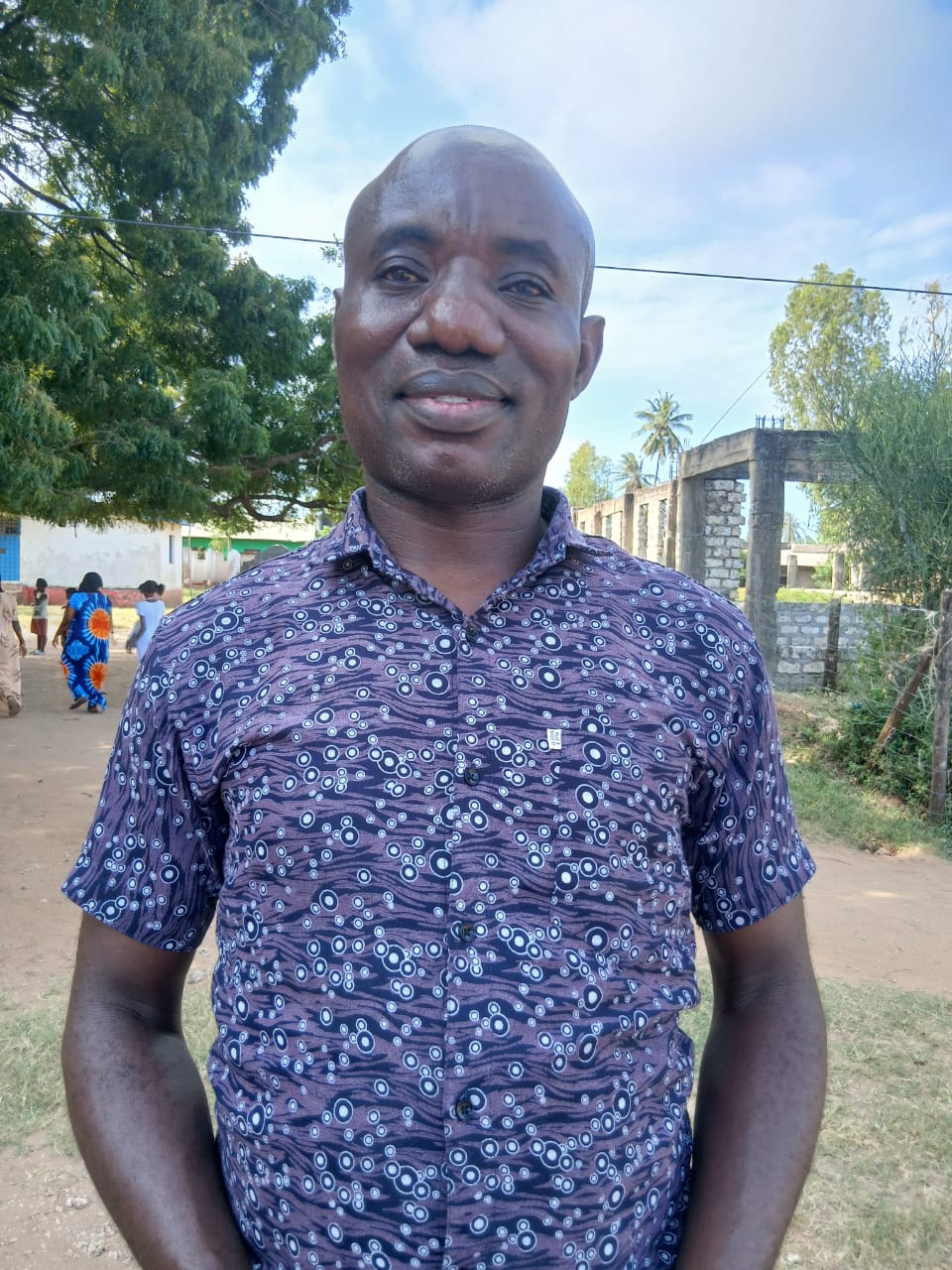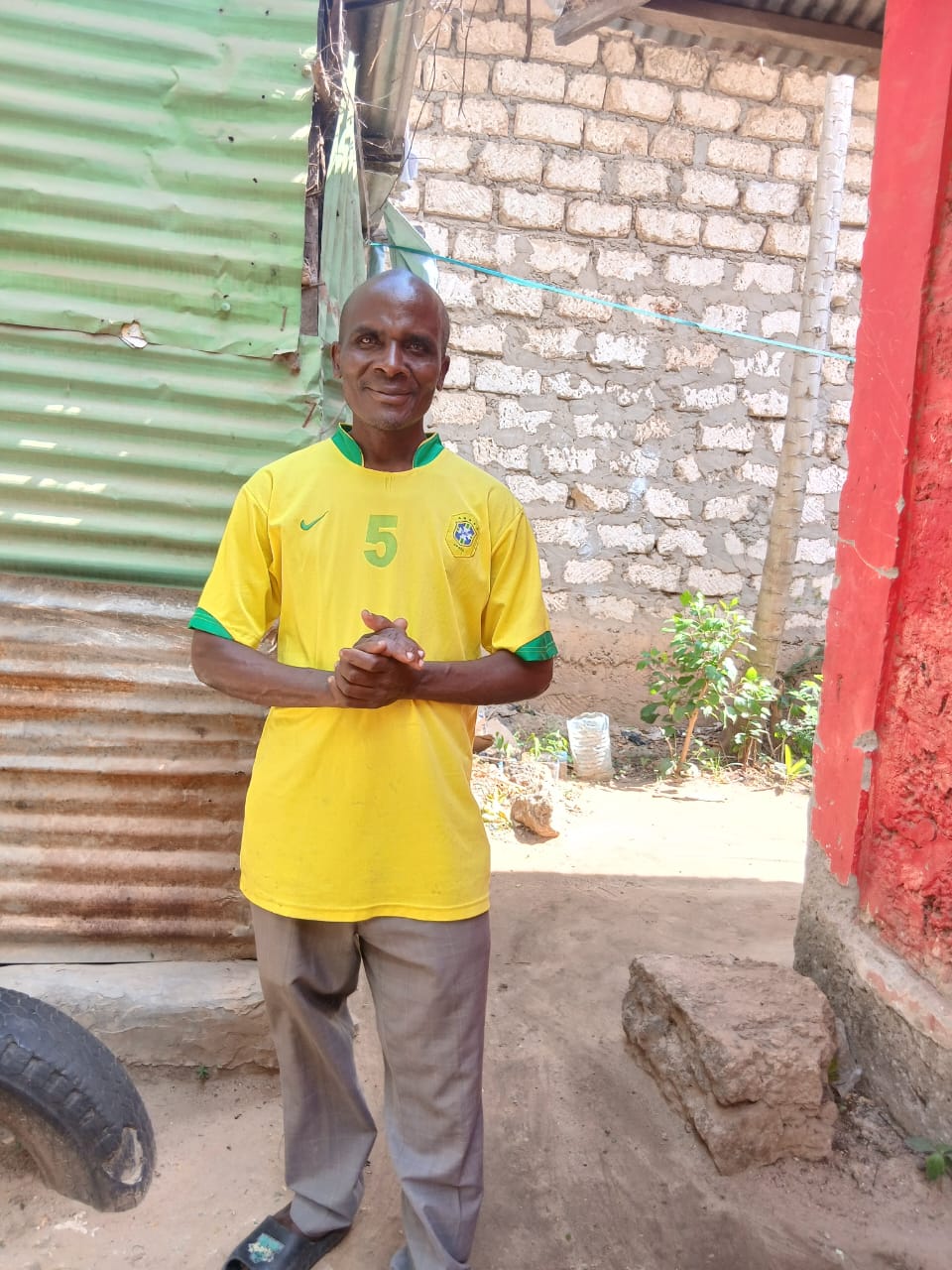

For years, conversations about family planning and abortion in Kilifi have been conducted in whispers.
Wrapped in fear, shame and myths passed down from one generation to the next, they were topics young people were warned not to speak about.
Contraceptives are said to cause infertility, abortion is whispered about as a curse, and young people are often left to navigate their choices in isolation.
But change is stirring. Across the villages, Kilifi’s youth are refusing to inherit the silence. They are confronting misinformation head-on, creating safe spaces to talk and asserting that reproductive health is a right, not a secret.
According to the 2022 Kenya Demographic and Health Survey, 15 per cent of adolescent women aged 15 to 19 have ever been pregnant.
This includes 12 per cent who have given birth, 1 per cent who have experienced a pregnancy loss, and 3 per cent who are currently pregnant with their first child.
In Kilifi county, 13 per cent of girls in this age group have
ever been pregnant, illustrating the continued challenges facing adolescents,
including limited access to sexual and reproductive health information,
cultural norms and economic pressures.
BREAKING THE SILENCE
For Immaculate* (not her real name), 19, life has been a story of pain, survival and learning in the shadows of secrecy.
“I once lived with my boyfriend, and when I became pregnant, he refused to support me,” she recalls.
“Left alone and without money, I turned to traditional methods. I boiled some herbal leaves, mjanji, and drank the mixture.”
What followed
was heavy bleeding, unbearable pain and a rushed trip to the hospital that
ultimately saved her life.
“At the hospital, doctors told me I had been lucky. A delay could have led to serious complications or even death,” she says.
“I was cleaned up and counselled on safe, modern abortion methods available in medical facilities.”
The doctors also explained family planning options and introduced her to youth groups, including those for young mothers and abortion survivors, which offer counselling and education on reproductive health.
“I decided to join one of these groups. The group has greatly helped me. During the sessions, we advise and share with each other,” Immaculate says.
“We also have counsellors, health workers and educators who speak to us about the effects of abortion and the importance of family planning. I am grateful because I have greatly benefitted from it.”
She advises young people to be careful about who they trust in friendships and romantic relationships, join youth groups to learn, and embrace family planning.
“Abortion is not a good choice,” she says. “It is painful, difficult and life-threatening. To me, it felt like sacrificing myself in a bad way. I would not want anyone else to go through what I went through.”
WHEN MOTHERS STEP IN
Immaculate’s experience is a reflection of a wider shift in Kilifi, where young people are beginning to challenge the culture of silence.
Across the county, in another village, two girls also share their journeys.
Grace*, 17, for instance, recalls the hesitation and fear that came with navigating reproductive choices.
“It was difficult at first. I really gave it a thought before I finally decided to go for the family planning implant,” she says.
Her decision, shaped by adolescence and the desire for autonomy, was not without complications.
Shortly after
receiving the implant in 2024, she experienced heavy bleeding.
Distressed, she confided in her mother, who encouraged her to return to the hospital.
Health providers prescribed medication to regulate her cycle, and the problem resolved.
“I started
getting my periods normally after that. Since then, I’ve not had any more
challenges with family planning,” she says.
Maureen*, 19, shares a similar experience.
Initially unsure, she delayed the decision until a conversation with her mother reassured her.
She, too, faced challenges: two weeks of heavy bleeding accompanied by a change in discharge colour. Again, medical care provided relief.
“From then, I’ve not had any more problems with family planning,” she says.
These stories
underscore the critical role of family support and access to healthcare.
They also highlight a broader point: the importance of medical guidance and community education in navigating reproductive health safely.

FIGHTING MYTHS WITH FACTS
Public Health officer Patience Gitonga, stationed at Vitengeni Health Centre, offers a professional perspective on the issue.
“We provide contraception and post-abortion services. It’s important that adolescents and young women feel comfortable coming to us when they experience side effects,” she says.
Gitonga identifies a major barrier to uptake: community myths and misconceptions.
“Many girls come in with fear, mostly based on what they’ve heard from others,” she says.
While some adolescents experience side effects like heavy bleeding, most do not suffer significant problems.
“There are different contraceptives, and they vary from one person to another,” she adds, emphasising the need for personalised care.
When side effects are reported, the health facility responds promptly.
“They are given immediate attention when they come,” she says, underscoring a compassionate approach to care.
Community Health Promoters also play a vital role.
“CHPs accompany the girls to the health facility. Their presence helps them feel safer and less judged,” says Gitonga.
By visiting households, conducting community sessions and offering counselling, CHPs help to bridge the gap between medical services and young people who might otherwise avoid seeking care.
Educators complement these efforts by engaging students in open discussions about reproductive health.
“Once the girls get accurate information, they feel confident to seek the services they need,” Gitonga says.
Peer educators like Josephine Neema are equally vital.
She educates teenagers on both family planning and abortion, tackling myths head-on.
“The major challenges are the myths and misconceptions surrounding family planning. We educate the teenagers on the side effects and that these changes are normal,” she says.
“The body will adapt soon, and they will no longer experience these challenges.”
Neema also
addresses the issue of abortion.
“Most girls decide to abort so they can continue with school. Due to fear of stigmatisation and judgement, they opt for natural methods like herbs and sodas to terminate pregnancies,” she says.
“These methods can be harmful, even fatal. When the process becomes difficult, that’s when they seek hospital care.”
To encourage
honesty, she divides girls into groups during sessions.
They write down their concerns and read them aloud, providing a safe entry point for discussion.
CHPs help to mobilise participants, and healthcare facilities ensure services and education are available.
Josephine wishes the community understood reproductive health better, helping to dismantle harmful myths and encourage parental involvement.
“Parents should engage with teenagers, talk openly about family planning and support those seeking services,” she says.
At a county level, clinical officer Jambo Kiti of Vipingo Health Centre adds that the government is actively working to support youth.
“We educate young people on family planning and post-abortion care through meetings and by establishing youth-friendly centres. Nurses at these centres provide services without long queues,” he says.
“We have also partnered with organisations for outreach programmes to educate the youth and provide services during visits.”
Despite these efforts, challenges remain. Misconceptions and negative community attitudes make it difficult to provide education. Yet, Kiti has seen progress.
“More youths are accessing family planning and post-abortion services. Education on post-abortion care has helped reduce deaths,” he says.
“Outreach programmes and awareness campaigns have reduced myths and misconceptions, early pregnancies are down and girls are staying in school. This contributes to improved social and economic outcomes.”
Kiti outlines future plans, such as establishing more youth-friendly centres, providing education and empowerment programmes, partnering with organisations for outreach, initiating activities like sports to keep youths engaged, offering employment opportunities and providing bursaries to ensure adolescents remain in school.

COMMUNITY IN TRANSITION
Health officer Simon Mwangudza, working in Nyanjani, shares insights from direct interaction with youth.
Initially, adolescents are shy to discuss reproductive health, particularly if alone.
“After a few sessions, they begin to engage freely without fear,” he says.
Mwangudza, who is also a peer educator, notes the persistence of myths.
“Many youths do not want to discuss methods like condoms. And they believe pills and implants damage the uterus and affect future fertility,” he says.
He recounts an abortion case he encountered, whereby a boarding school student reported girls fainting, which Simon suspected was due to pregnancy.
“One Thursday evening, the student told me one of the girls had procured an abortion. That is the case I have heard of on abortion,” he recalls.
Conducting sessions in schools has grown more difficult due to strict regulations, although parental and teacher support previously made it easier.
Despite these challenges, Simon has observed positive outcomes.
“Some youths are accepting family planning, while others remain hesitant. Peer pressure and misconceptions continue to be barriers,” he says.
“But I have also noticed youths seeking medical advice before engaging in sexual activity to prevent early pregnancies that could lead to abortion.”
Mwangudza calls on both national and county governments for support.
“Financial
support would help us conduct these programmes, as most of us volunteer,” he
says.
“Training and empowerment for peer educators, health providers and counsellors would also enhance effectiveness.”
National data contextualises these local experiences.
The 2022 KDHS indicates that early marriages contribute to adolescent pregnancies, with about 2 per cent of women aged 20–24 married before age 15.
These statistics reveal the scale of the challenge and underscore the importance of education, medical guidance and community support in reducing teenage pregnancies and unsafe abortion risks.





![[PHOTOS] Group of elderly women stage protests at Milimani over missing files](/_next/image?url=https%3A%2F%2Fcdn.radioafrica.digital%2Fimage%2F2025%2F09%2F38d12e22-b2e0-4b3f-a694-d229cdd749e3.jpg&w=3840&q=100)






